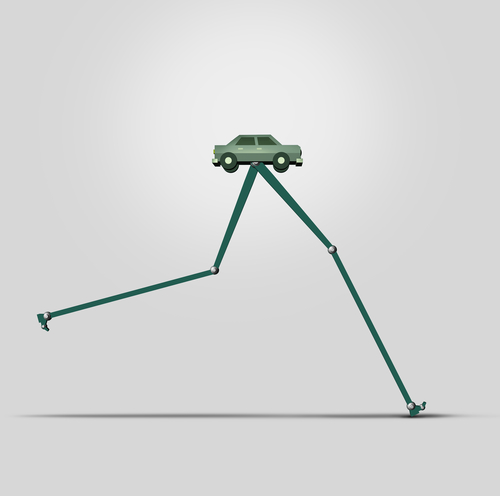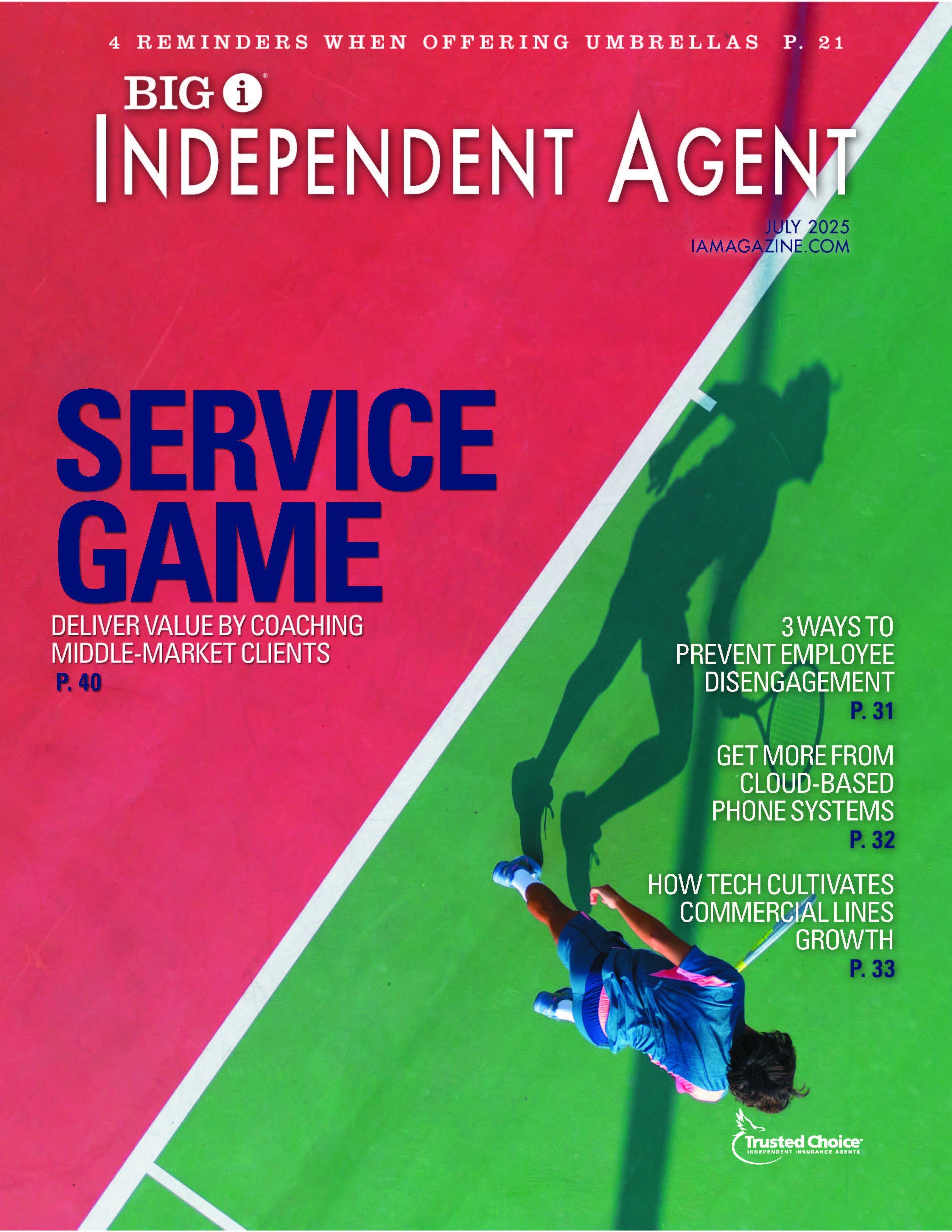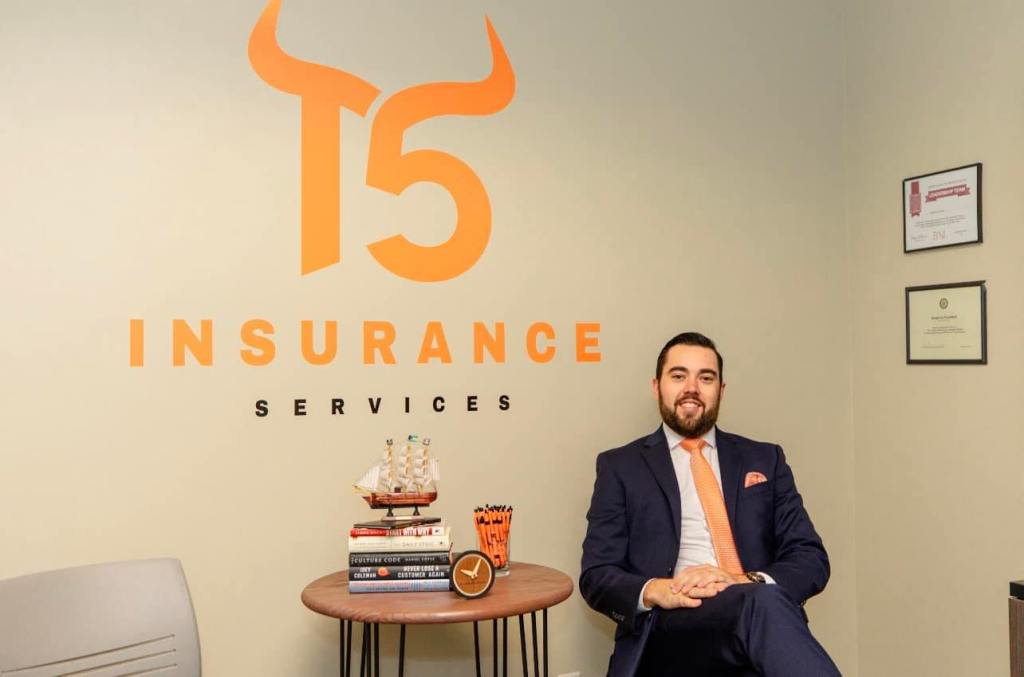Driverless Cars: Brace for Impact

By: Ted Joyce, Jerry Fox, Rick Morgan, Laird Rixford & Ron Berg
Because auto insurance represents 43% of total insurance premiums, even slight shifts in the market have a profound impact on the rest of the industry—and driverless vehicles will be much more than a slight shift.
Also known as autonomous or self-driving cars, driverless cars are capable of sensing their environments and navigating without human input. Today’s new vehicles already utilize features like collision avoidance, but in general, driverless cars will following five stages of evolution:
- Traditional: Human driver controls everything.
- The vehicle features at least one drive-assistance system, such as acceleration or deceleration, cruise control, or lane centering.
- Drivers are still necessary, but they’re able to shift safety-critical functions to the vehicle.
- The vehicle is fully autonomous but does not cover all possible driving scenarios.
- The vehicle is fully autonomous, equal to that of a human driver.
As driverless cars continue to develop, they’ll radically change not only the way humans interact with their vehicles, but entire industries as well.
Economic Impacts
Driverless cars pose many potential benefits to human life, including:
- Increased safety.
- Fewer violations and accidents.
- Smarter, faster, more reliable travel.
- Economic efficiency.
- More uniform lowered vehicle emissions.
- Better access for the elderly and handicapped.
However, some of the consequences will be more complex and less inherently positive. While the number of accidents is expected to drop significantly as vehicles begin to incorporate more crash avoidance features, the cost of replacing damaged parts is likely to increase due to the complexity of the components. This means the reduction in crash frequency may not necessarily lead to a reduction in the overall cost of crashes.
Meanwhile, the body shop and repair industries may cease to exist—at the very least, your standard auto repair shop will be forced to become even more technical and possibly even become a technology repair shop only.
Fewer accidents will also translate to a reduction in required emergency resources, but municipalities will likely lose traffic ticket revenue. Public infrastructure will need to evolve to handle cloud server systems that manage traffic and road networks. The economic impact on automakers could result in union lobbying and resistance.
The trucking industry will also transform radically—driverless trucks won’t have to face restrictions on operation like human drivers. Fleets of trucks may also be contracted on an as-needed basis.
Combined with the sharing economy pioneered by Uber and Lyft, driverless cars are likely to contribute to a decline in auto ownership. And finally, driverless cars will present an increased security and terror risk from criminals who use connected technology to commit cyberattacks or acts of terrorism.
Insurance Industry Impacts
Short term, the cost of vehicles will continue increasing, prompting increases in average premiums for physical damage. At the same time, the number of claims should eventually decrease as driverless technology makes vehicles safer.
Initially, traditional underwriting criteria such as accident history, mileage and storage will still apply. However, make, model and style of car may assume greater importance moving forward—which means coverages will become more complex, and auto insureds will have greater need for a trusted adviser than ever before.
As driverless vehicles slowly eliminate the need for personal auto and commercial auto insurance, the risk will potentially shift to a product liability exposure. The onus will be on the manufacturer to prove it was not responsible for what happened in the event of a crash, and the liability issue may evolve so that lawsuit concerns do not drive manufacturers and their suppliers out of business.
Agents will write fewer individual auto policies as auto ownership declines, which will translate to fewer prospects—especially in formerly lucrative metro areas. As a result, the current average premium per policy will fall for new clients, and as current clients purchase fewer cars, add-on and average premiums will also decline.
Recommended Actions
The insurance industry must begin discussions now to determine alternative revenue streams to replace the loss of premiums from auto policies.
Familiarize your staff with what’s currently out in the market, as well as what’s coming. Your employees must be able to ask the appropriate questions of clients and understand which surcharges or discounts your carriers apply to different options. For example, are you and your staff aware of the basic autonomous concepts and applications?
Review your current customer base for possible impacts, and hold strategic discussions with your carriers to answer critical questions:
- Will you be able and willing to provide the coverages the public will demand?
- Will you be able to provide superior claims service on an ongoing basis?
- Will your expense ratio enable you to compete effectively?
You should also investigate niche markets for insuring delivery systems, product liability for sensors and software algorithms, cloud server systems that manage traffic and road networks, and 3D printing of necessary parts.
Finally, start developing long-term strategic plans that consider the shift in revenue your agency will experience as average auto premiums decline across your current book of business.
Ted Joyce is director of Insurance Agency Services, LLC. Jerry Fox is director of client market strategy at CoreLogic. Rick Morgan is co-chair of ACT’s Strategic Future Issues Work Group and senior vice president of marketing at WAHVE. Laird Rixford is president of Insurance Technologies Corporation. Ron Berg is executive director of ACT.
This article is adapted from the Agents Council for Technology’s risk advisory on autonomous vehicles. View the entire Changing Nature of Risk advisory series online.










